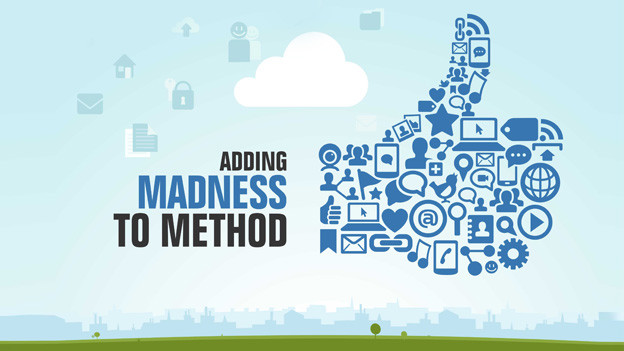
“There is no great genius without a touch of madness”, said Aristotle.
It is very rare to see companies going about their hiring plan without a sweat. A recent study by CIEL HR shows, speed, cost and quality of hire is pretty much on the agenda of boardroom discussion. HR folks may feel good that the boardroom is talking about an HR topic, but the fact is that the discussions are often laden with fuss and fury. There is no denying that many of us have to work with a maddening number of variables in talent acquisition. Hence, we need some methods which are consistent and effective to deal with this madness.
Know the Go-to pools
The market is dynamic because candidate behaviours keep evolving based on the socio-economic factors and the hiring outlook in the business environment. Talent acquisition (TA) folks do not like this uncertainty, however there isn’t a choice.
Like the sales guy does not know for sure if he or she would be able to strike deals and meet the targets, in the same way, the TA folks do not know if they would be able to get the right talent through the door and win the confidence of the hiring managers. Each day is a new day for the recruiter and he or she has to go fishing each day. Sounds like a lot of fun!
51% of the TA folks see talent availability as their top-most challenge. So, they are always in the look-out for great talent. To catch the right fish, we need to know which pools to go to, the timings, the baits which are right to draw the fish and the method of casting the hook. Recruiters need to have clarity about the channels which provide them with access to the talent pool.
The job sites, campuses, recruitment agencies, social platforms and employee referrals are the usual channels through which an organisation accesses the talent pool. There are hundreds of these windows and the challenge lies in choosing the right windows among them to get a good catch.
Draw them towards you
Employer branding has always been a challenge for recruiters. There is nothing new about it. Since this is not an exact science, it has always remained intriguing.
With the increasing number of GenZ and millennials in the talent pool, we need to know what matters to them and how they build their perception. Experts in consumer behaviour have been continuously tracking the kind of communication and channels are working for each cohort. Recruiters need to have a keen eye for these details and plan their communication accordingly.
Many organisations aren’t sure what makes them unique and great in attracting talent towards them. When we look at comparisons between companies like Coca Cola and Pepsico, Google and Microsoft, this challenge about employer branding comes alive. The recruiter in Google has to compete with many others in companies like Microsoft, Amazon, Apple, Tesla, Facebook and many others in drawing talent towards it. Should she speak about the culture, compensation, future growth, nature of work, sustainability practices, some of these or all of these?
Every recruiter does not recruit for a well-known company like Google. So, the challenge is intense when you are drawing talent towards a lesser-known company. She has to define how it stands out, design its value proposition, craft a message and choose the right media to convey it.
Deliver the best
I see so many companies deal with the applicants like doing the dishes. Recruiters are often insensitive towards the applicants visiting the organisation; sometimes, the front office person treats them as an interruption to her work. Some recruiters take the effort of personally welcoming the visiting candidates, but the line managers are not prepared to do interviews. They want to add people in their team but do not want to spend time in interviewing. Many of them do not have the skills to screen and select the best. These impact the candidate experience negatively and impede our long-term ability to draw the best towards us.
We need to draw a detailed plan and execute rigorously. Like Aristotle said, a touch of madness is fine. We do not need too much of madness!


